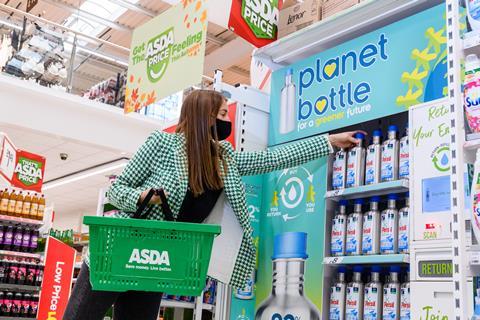
Just over a year ago, we began a trial of a refill zone at our Middleton store in Leeds. It offered more than 70 household staples in refillable format including cereal, tea, coffee beans, oats, rice and pasta. In a supermarket first, we also partnered with some of the UK’s most popular household brands including Kellogg’s, Yorkshire Tea, Unilever and Napolina to offer customers their favourite branded products alongside our own.
We subsequently extended this trial to stores in York and Glasgow, giving us what we believe is the most comprehensive refill offering of any major supermarket. Our goals for these pilots have been to work out operationally if they can be rolled out to more stores, understand how customers engage with the offer, and from there set out a vision for refillable and reusable packaging for Asda.
One year in, we’ve made tremendous progress on the first of these goals, and we’re beginning to dig into the second, to help us deliver the third. Here are our key observations and learnings so far.
Rewards for refills
This is a completely new way of shopping for most customers. Supermarket shopping is typically a highly habituated, auto-pilot ‘grab and go’ activity. Refills require shoppers to bring their own containers, and to dispense and weigh the products themselves. It requires a real level of mental engagement and time investment. Some shoppers will struggle to embrace this slower type of shopping, but we’ve been encouraged so many have been willing to give it a go.
We believe some aspects of our offer have helped customers embrace the change – for example, the inclusion of familiar favourite brands has made the zone feel less intimidating, and more inclusive. However, we know customers would like to feel more rewarded for their efforts, and we’d like to find ways to show them the contribution they’re making so they walk away from the zone proud of what they’ve done and committed to doing it again next time.
Price and choice
The good news is many customers in our trial stores are embracing the refill shopping experience – but two things they will not compromise on are price and choice.
Removing price as a barrier to purchase is essential to persuade shoppers to embrace refill. Our Greener at Asda Price promise ensures all loose products are sold at the same price or less per kg than packaged equivalents, but this is not immediately obvious to customers at the shelf edge. The only way they can currently compare prices between refill and packaged products is by visiting different sections of the store, and this is something we’re looking to fix.
Our trials have also shown choice is a key consideration for customers. The main request from customers in all three stores was for more choice – customers aren’t always willing to switch to a close alternative just to avoid the packaging. Working out how to offer sufficient choice and keep the range manageable in practical terms is firmly on our minds.
Problematic products
Although customers want more refill choices, our trials have shown many products are unsuitable for this format. Anything that is difficult to dispense such as honey, jam and condiments risk blocking the hoppers. Dairy products and anything that degrades when it comes into contact with air will be off-limits too. Products that ‘clump’ or ‘puff’ when being dispensed can’t be used in this format, and neither can anything that poses a health or safety risk. Who knew flour was flammable?
To address this challenge, we must continue to innovate and refine the refill model. For example, we recently began trialling ‘prefill’ solutions on some products, which involves the customer taking a filled container and returning it when empty in exchange for money off their next purchase. These trials with Unilever and Coca-Cola products are not without cost and supply chain challenges, and working out how to make this financially viable will also be key to the future direction of prefill.
We’re also testing out ‘refill at home’ products – where the customer can make a first purchase of the ‘bottle for life’ which they keep and refill themselves at home by buying a large pouch or miniature concentrate. This will certainly reduce new packaging volumes and may be more easily integrated into normal shopping trips, and could reduce costs all round as refills are typically cheaper.
Cross-industry collaboration
The cross-functional project management work has been significant. Introducing new processes in almost every aspect of our normal flow of goods continues to present new challenges, and these can only be overcome with a highly motivated, responsive, cross-functional team ready to jump into finding solutions.
The reality is that refill is a much more complex and expensive way for retailers to serve a product, given the requirements to keep the stations clean and stocked and support customers in-store. At present, suppliers, manufacturers and retailers are willing to invest in the concept to learn what works and what needs tweaking, but there will come a point where the industry as a whole needs to find a way to make refills cost-effective.
What’s next?
The past 12 months have been a steep learning curve and we’re really proud of the progress we’ve made so far. We have much more to learn, and right now we’re focusing on questions like: does refill work better as a dedicated zone, or embedded into the parent aisles? Which types of products will work best in a loose refill versus prefilled format? Do different types of customers engage with different parts of our offer? How much further could this concept be pushed?
Addressing these questions is the next phase of our work. We are committed to this learning journey and we are exceptionally grateful to our colleagues, customers and supplier partners for their ongoing support.







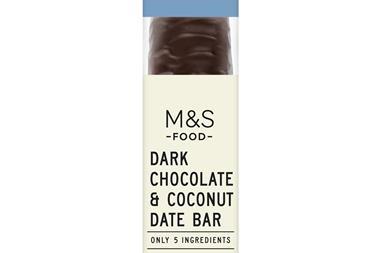
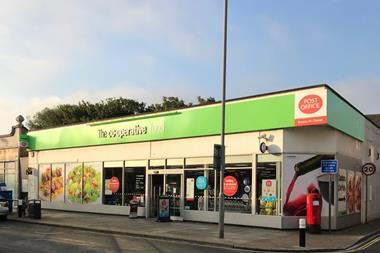
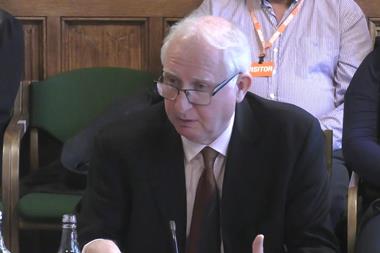

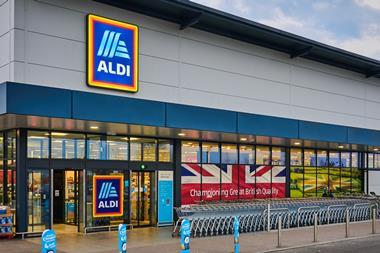
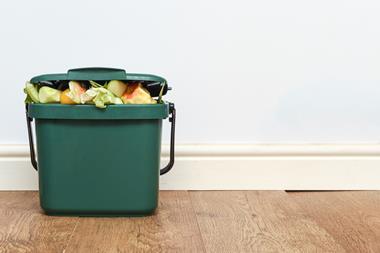


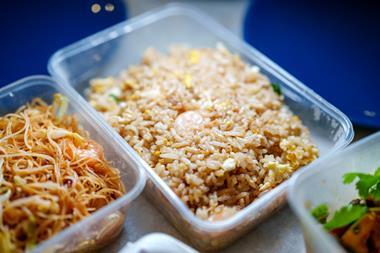


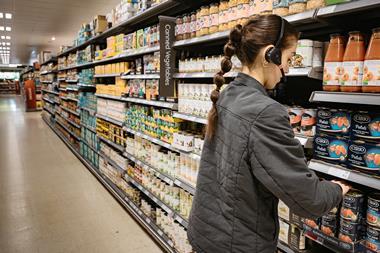
No comments yet